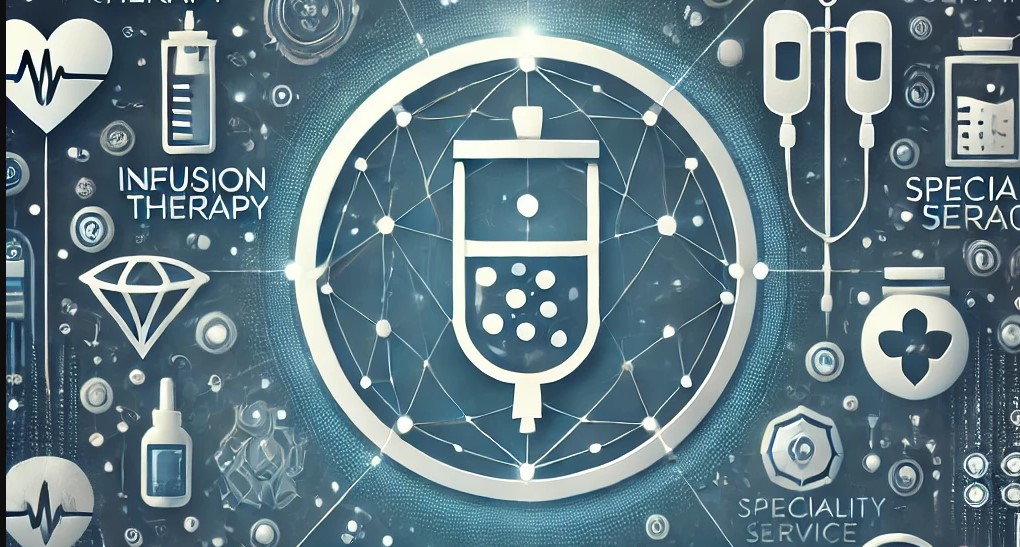In a bold move to tackle the growing concerns over GPS vulnerability, Tern AI, a startup focused on advanced navigation technology, has announced the development of an alternative positioning system. The company’s co-founder and CEO, Shaun Moore, recently discussed the potential impact of this innovation in an interview with TechCrunch, emphasizing the heightened threats from adversaries capable of jamming or spoofing GPS signals.
A New Approach to Navigation
Launched in February and having recently secured a $4.4 million seed round, Tern AI is on a mission to mitigate the risks associated with GPS dependency. Their new Independently Derived Positioning System (IDPS) is designed to operate without the need for satellite signals, thus eliminating the threats posed by GPS disruptions.
Moore highlighted the catastrophic economic consequences that could ensue if GPS systems were compromised, pointing to incidents where GPS spoofing steered commercial vessels into U.S. Navy shipping lanes. With military and civilian assets at risk, Tern AI’s technology promises a more secure solution.
How Tern AI’s IDPS Works
Unlike traditional GPS, which relies on satellite signals to triangulate positions, Tern AI’s IDPS uses an AI-driven model to process real-time sensor data from vehicles and smartphones. This includes speed and motion sensors, combined with third-party map data, to deliver precise positioning information.
The system can be integrated into vehicle infotainment systems or downloaded onto smartphones, potentially transforming how navigation apps like Google Maps and Waze determine location. The reliance on existing sensors rather than external signals or computer vision makes Tern AI’s approach both innovative and cost-effective.
Background and Development
Moore, who previously sold his company Trueface to Pangiam in 2021, is no stranger to technological innovation. With Tern AI, he aims to provide a robust alternative to the half-century-old GPS technology, which, despite improvements, remains vulnerable to interference.
Tern AI’s IDPS has been internally validated using the U.S. Department of Transportation’s framework, achieving positioning accuracy within four meters. This accuracy aligns with current emergency service guidelines, underscoring the system’s reliability.
The startup is set to begin external testing in July with a major logistics partner, gearing up for a commercial launch in September. Additionally, Tern AI is in discussions with emergency services and autonomous delivery companies, with long-term goals of partnering with the Department of Defense and the DOT.
Industry and Expert Opinions
Diana Furchtgott-Roth, former deputy assistant secretary for Research and Technology at the DOT, praised Tern AI’s technology as a low-cost solution to a longstanding problem. Unlike alternatives involving low Earth orbit satellites or terrestrial beacons, which are costly, Tern AI leverages existing infrastructure.
Stephen DiBartolomeo, principal at Scout Ventures, echoed these sentiments, noting the scalability and critical security benefits of Tern AI’s approach. The startup’s focus on integrating with autonomous vehicle technology further underscores its potential impact.
Looking Ahead
From my point of view, Tern AI’s innovation represents a significant leap forward in navigation technology. By addressing the fundamental vulnerabilities of GPS, Tern AI is not just improving on an old system but potentially setting a new standard for positioning technology.
However, the path to widespread adoption will require overcoming significant challenges, including integration with existing navigation platforms and proving its reliability in diverse real-world scenarios. The upcoming tests and partnerships will be crucial in demonstrating the system’s efficacy and securing broader support.
As I see it, Tern AI’s IDPS could indeed remove the “bull’s-eye” from GPS, offering a more secure and resilient navigation solution for both civilian and military applications. The success of this venture could redefine how we think about and utilize positioning systems in the future.






